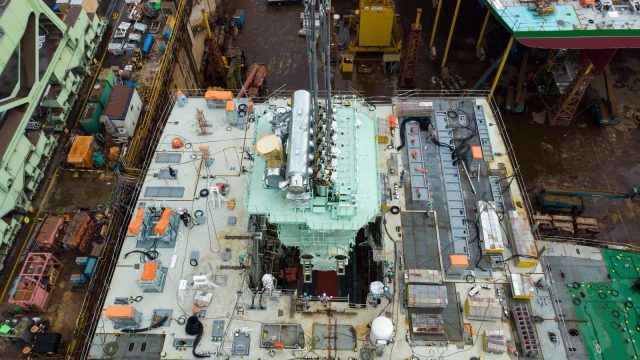Presentation
Powering the Seas Together
In February 2025, Baker Hughes and Hanwha agreed to jointly develop a new small-size (~16 MW power range), 100% ammonia-capable turbine for maritime propulsion applications, to be deployed onboard Hanwha Ocean’s LNG carriers and container ships by 2028. A full gas turbine factory engine test with 100% ammonia is planned to be completed by the end of 2027. The combustion system itself is being developed by Power Systems Mfg., LLC (PSM), and will enable the turbine to be both fully decarbonized and “fuel-flexible” – 100% ammonia combustion to 100% natural gas combustion, and any variable blend in between while meeting…








